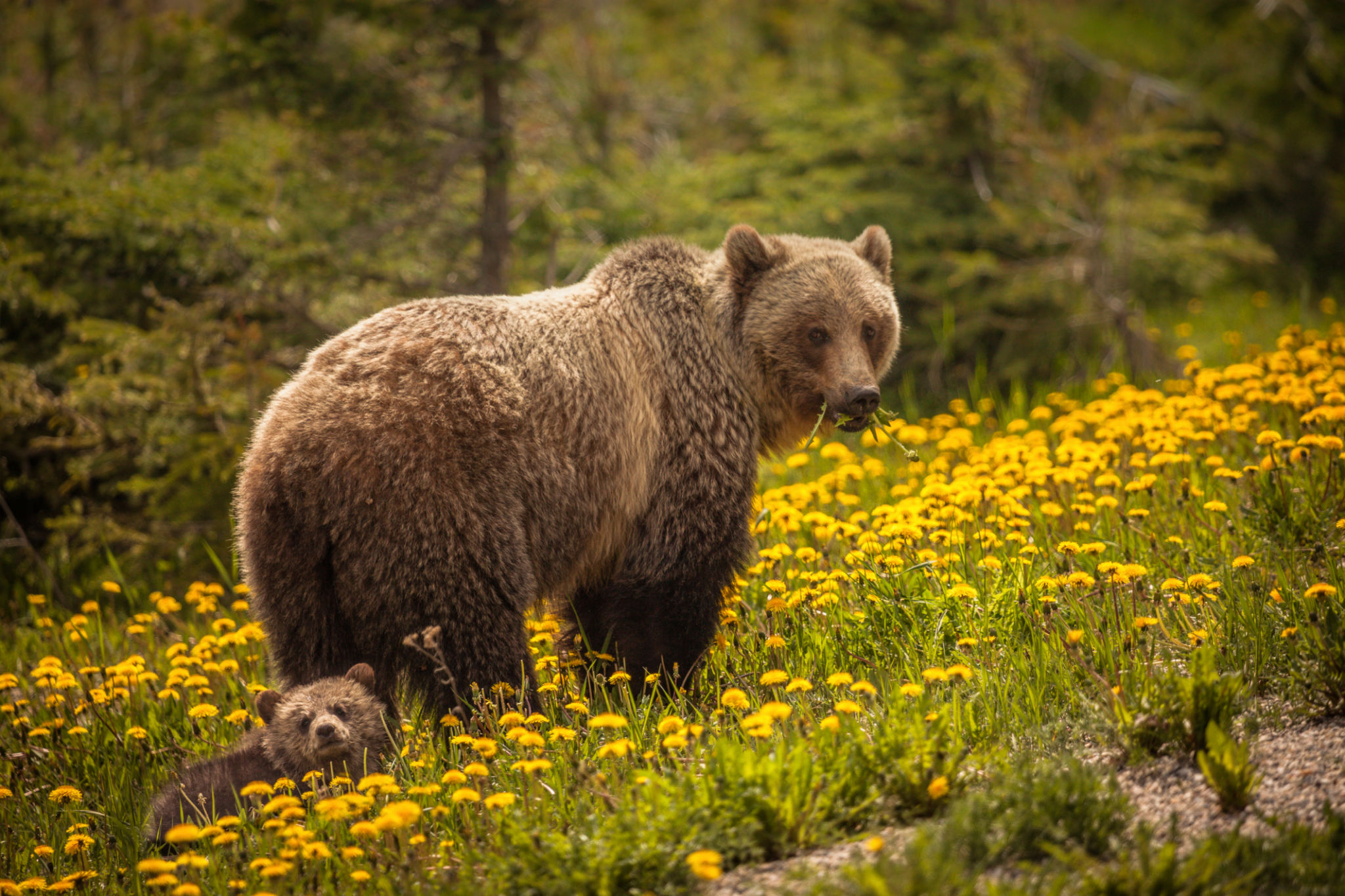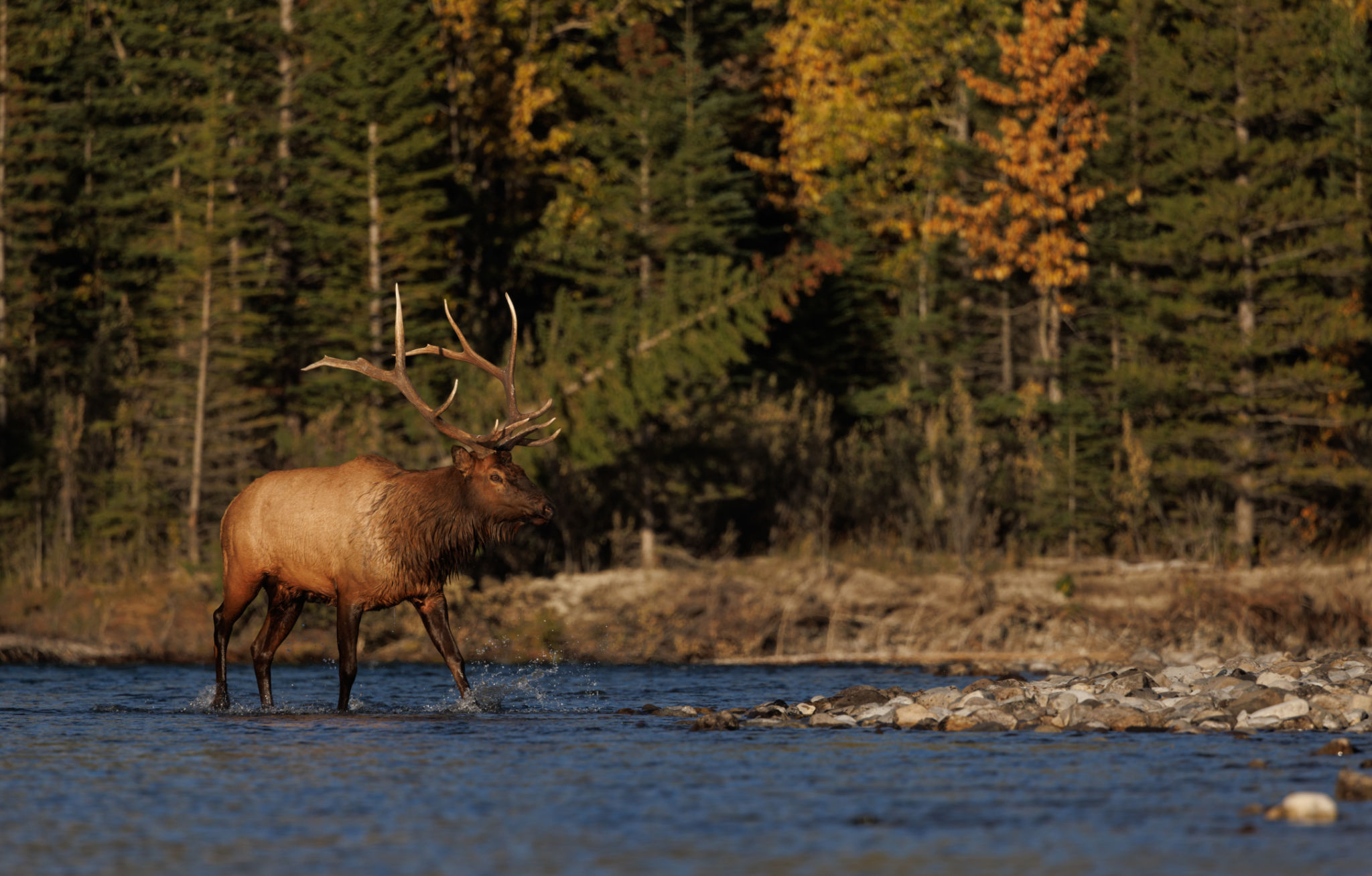Seasonal Wildlife Management Challenges in Alberta and How to Overcome Them
Understanding Seasonal Wildlife Management in Alberta
Alberta, with its diverse ecosystems, presents unique challenges for wildlife management throughout the year. From the lush boreal forests to the expansive prairies, each season brings its own set of obstacles for conservationists and land managers. Understanding these challenges is crucial for maintaining a balance between human activities and wildlife preservation.
Seasonal changes significantly impact wildlife behavior and habitats. As temperatures fluctuate, so do the needs and movements of various species. This dynamic environment requires adaptive management strategies to ensure that both wildlife and human communities thrive.

Spring: Navigating the Breeding Season
Spring is a time of renewal but also a period of heightened sensitivity for many wildlife species. During this season, animals are focused on breeding and rearing their young. Disturbances from human activities such as construction or recreational pursuits can have detrimental effects on these processes.
To mitigate these challenges, it is essential to implement seasonal restrictions on certain activities. Creating buffer zones around breeding sites and educating the public about the importance of minimizing disturbances during this critical time can significantly benefit wildlife populations.
Strategies for Minimizing Impact
- Establishing temporary closures in sensitive areas
- Promoting awareness campaigns about wildlife-friendly practices
- Enhancing monitoring efforts to track breeding success

Summer: Managing Human-Wildlife Interactions
Summer in Alberta sees an influx of outdoor enthusiasts eager to explore the province's natural beauty. However, increased human presence can lead to more frequent interactions with wildlife, sometimes resulting in conflicts. Bears, moose, and other animals may venture closer to populated areas in search of food.
To address these challenges, education plays a pivotal role. Informing the public about proper behavior when encountering wildlife and the importance of securing food sources can help minimize negative interactions. Additionally, creating wildlife corridors that allow animals to move safely between habitats can reduce encounters in populated areas.
Preventive Measures
- Implementing bear-proof waste management systems
- Developing signage and informational materials in recreational areas
- Conducting community workshops on coexisting with wildlife

Autumn: Preparing for Migration and Winter Survival
As autumn sets in, many species begin their migration or prepare for the harsh winter months ahead. This period requires careful planning to ensure that animals have access to sufficient resources. Habitat preservation becomes a priority, as changes in land use can significantly impact migratory patterns.
Conservation efforts during this season focus on maintaining critical habitats and ensuring that migration routes remain unobstructed. Collaboration with agricultural sectors can also help create a landscape that supports both wildlife needs and farming activities.
Key Conservation Actions
- Protecting wetlands and riparian areas vital for migratory birds
- Encouraging sustainable agriculture practices
- Fostering partnerships with local communities and stakeholders

Winter: Ensuring Survival in Harsh Conditions
The winter months in Alberta bring about significant challenges due to extreme cold and snow cover. Wildlife must adapt to these conditions to survive, often relying on stored fat reserves and limited food sources. Human activities such as oil and gas exploration can disrupt these delicate ecosystems.
To mitigate winter challenges, it is crucial to minimize habitat disturbance and ensure that animals have access to food and shelter. Implementing policies that regulate industrial activities during this period can help protect vulnerable species.
Supporting Wildlife Through Winter
- Restricting industrial operations in sensitive areas
- Providing supplemental feeding programs where necessary
- Enhancing habitat connectivity to allow movement between wintering grounds
In conclusion, effective seasonal wildlife management in Alberta requires a multifaceted approach that combines education, conservation, and collaboration. By understanding and addressing the unique challenges each season presents, we can ensure a sustainable future for Alberta's diverse wildlife populations.